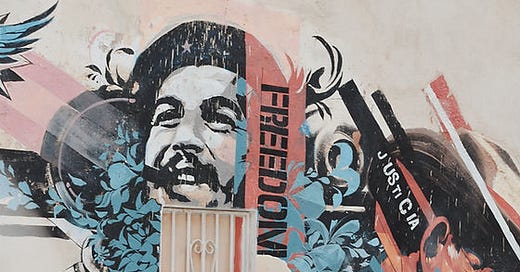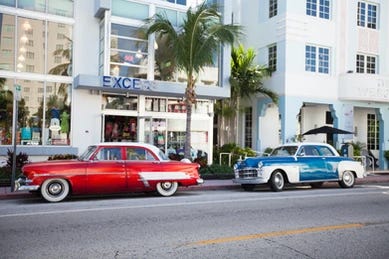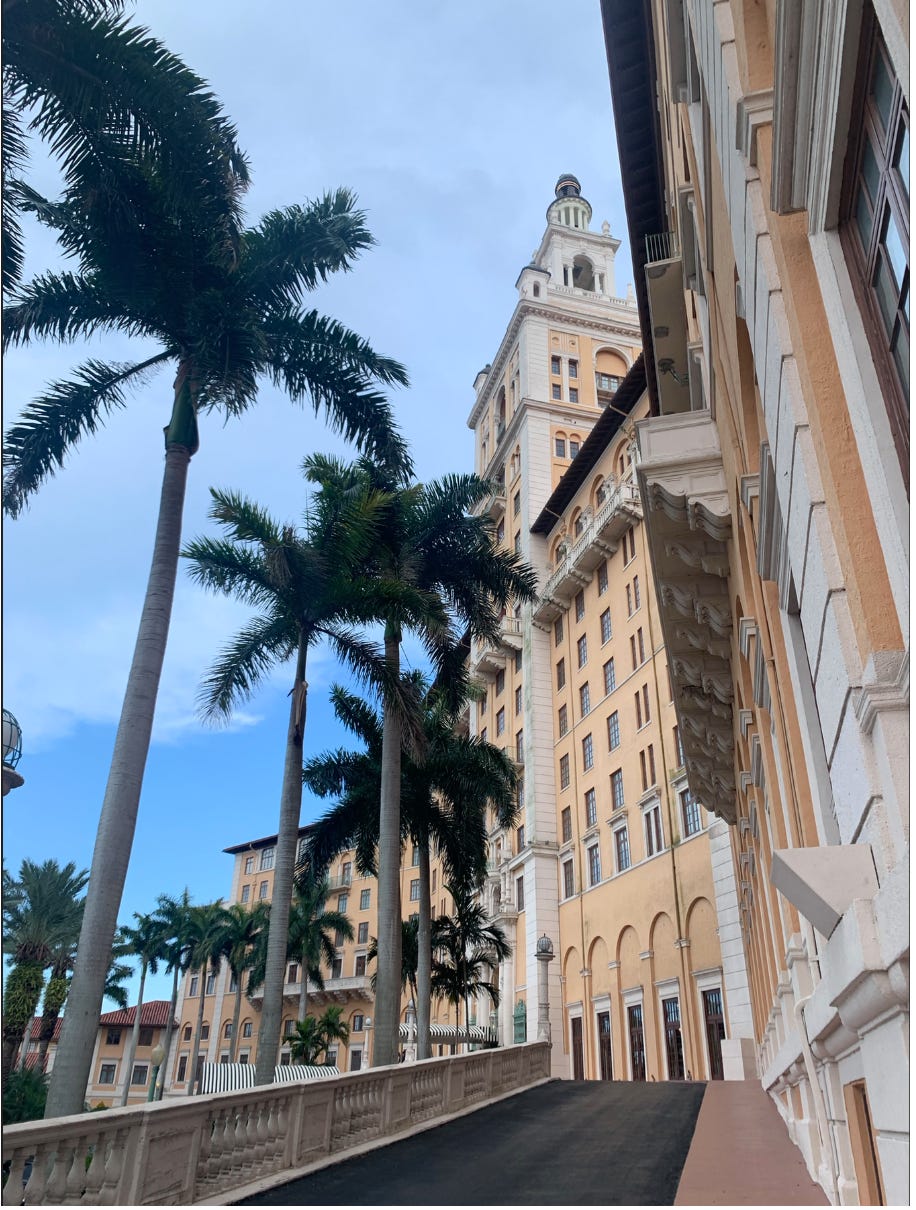Miami Vices Part 3: Lost Identities, New Allies and Red States
What does the past reveal about the future for pastel's boomtown?
I strongly believe the etymology of words expresses a hidden sentience that transcends language. If true, Miami – or “allies” is a haunting theme whose spirits continue to whisper the city’s elusive identity. The word comes to us from the Seminoles or “Cimmarrones” as the Spaniards called them. Miami – like much of Florida – emerged as the spoils of a geo-political contest between a rising United States, Tequestas (Native Americans) in retreat and an aged Spain. After brutal fighting, Magic City was claimed and absorbed into Florida. Through the decades, Miami's amorphous phenotype has shown many facelifts and stands to have many more.
Yankee Patronage
Miami was an underdeveloped outpost until a shrewd businesswoman Julie Tuttle (“the mother of Miami”) put it on the map. Here is some trivia for you, Miami is the only big city in the US founded by a woman. In 1896, Tuttle and friends Mary and William Brickell successfully convinced Henry Flagler (the Godfather of Florida) to extend his railway, and it was then that the city officially incorporated. Early builders were visionaries like George Merrick who built the lavishly scenic Biltmore Hotel and conservationist James Deering famous for Viscaya Gardens. A chance meeting with William Brickell in New York brought yacht designer Ralph Middleton Munroe down to Biscayne Bay where he purchased what became the Barnacle Historic State Park (now a tourist attraction in Coconut Grove.)
Yankee patrons like John Collins and Carl Fisher shaped Miami’s early chapters.
Yankee patrons like John Collins and Carl Fisher shaped Miami’s early chapters. The two combined efforts to attract visitors by opening fancy restaurants, beachfront resorts and tourist shops, the works. The investment paid off. Miami saw a development boom that even a nasty hurricane mid-decade could not stop. Much of the city’s Art Deco was constructed post-hurricane in the second half of the 1920s. Impressive how turn-of-century American cities like San Francisco and Miami bounced back so quickly after natural disasters. One wonders how they would fair today?
Keep reading with a 7-day free trial
Subscribe to Men and the City Substack to keep reading this post and get 7 days of free access to the full post archives.







